Follow my walk to discover the highlights of this beautiful part of London’s West End.
Start off at Green Park Underground Station which is served by the Piccadilly, Jubilee and Victoria lines. On leaving, I suggest beginning by exploring the park itself as the northern edge is next to the tube station.
Green Park
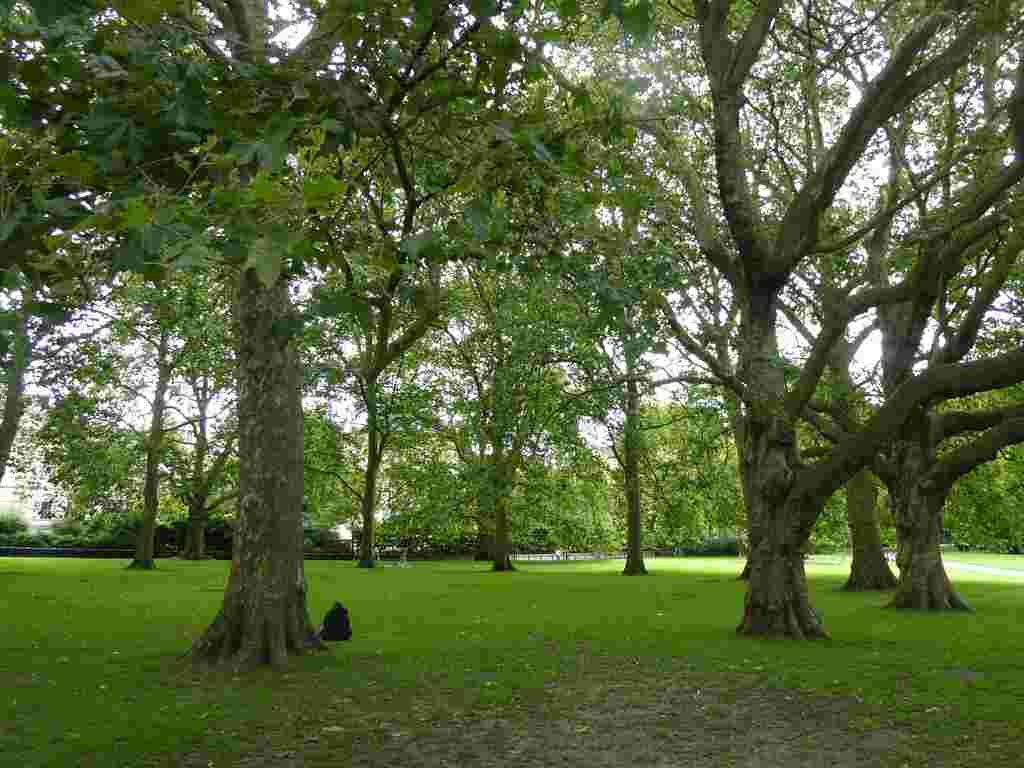
Green Park is one of London’s eight Royal Parks and a tranquil spot yet is just steps away from the hustle and bustle of Piccadilly. The park was created in the late 17th century when Charles II acquired the land because he wanted to walk all the way from Hyde Park to St. James’ without leaving royal ground. Despite Green Park having no formal flower beds it’s very enjoyable for a stroll along its mature tree lined avenues and lawned areas.
Piccadilly
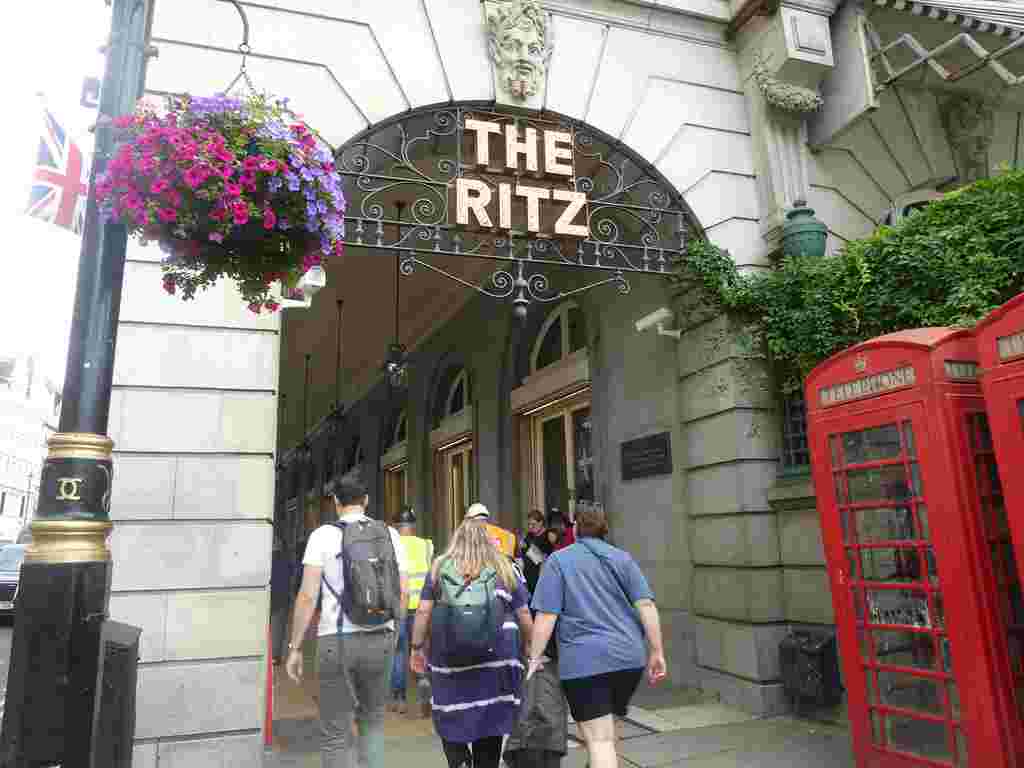
After wandering through the park retrace your steps onto Piccadilly itself, accessed via a short walkway which is clearly signposted from the tube station. Piccadilly has been one of the capital’s main thoroughfares and most fashionable areas since medieval times. It acquired its current name from a prominent landowner in the area in the early 1600’s who made his fortune producing Piccadills which were large broad lacework collars fashionable at the time.
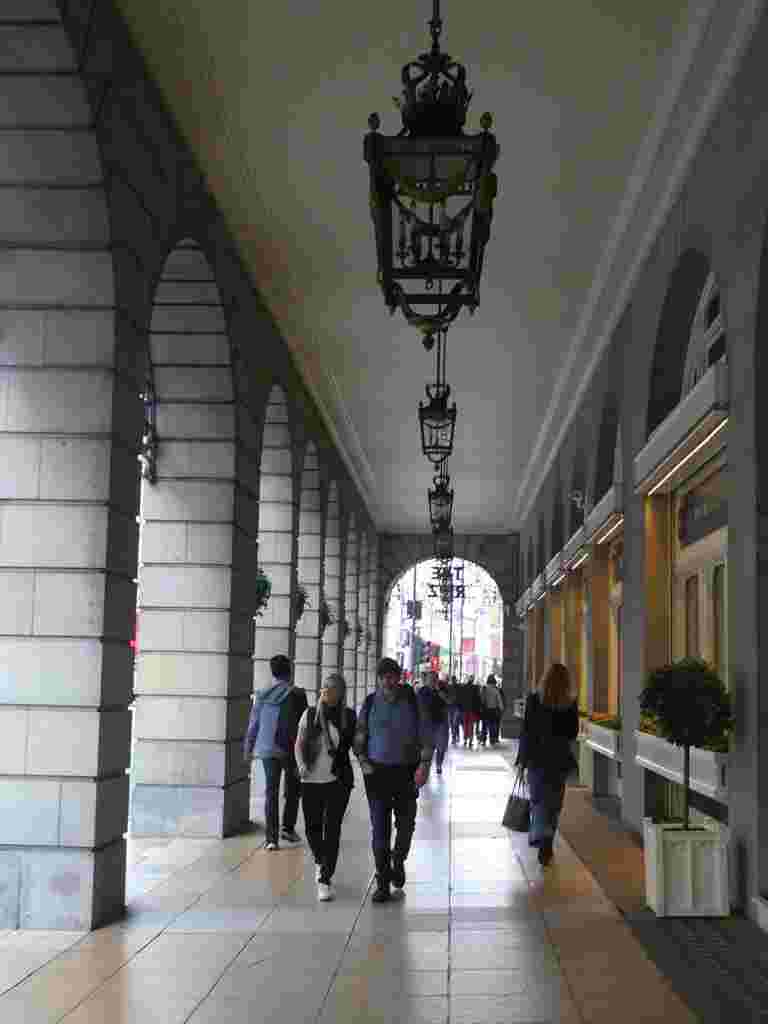
The Ritz Hotel – on turning right onto Piccadilly, continue beneath the colonnades of the Ritz Hotel. This famous Grade II listed 5 star hotel is the ultimate symbol of luxury and one of the world’s most prestigious hotels. For a special treat and sense of occasion you can enjoy a traditional afternoon tea. Pricey though, even by London standards as teas start from £72 each.

Fortnum and Mason – continuing further along the road, this iconic, luxury department store was established in 1707. It’s famous for its hampers, teas, and gifts and is definitely worth a look as everything is beautifully displayed. A large, spiral staircase leads down to the food hall where you might be lucky to find some tastings on offer.
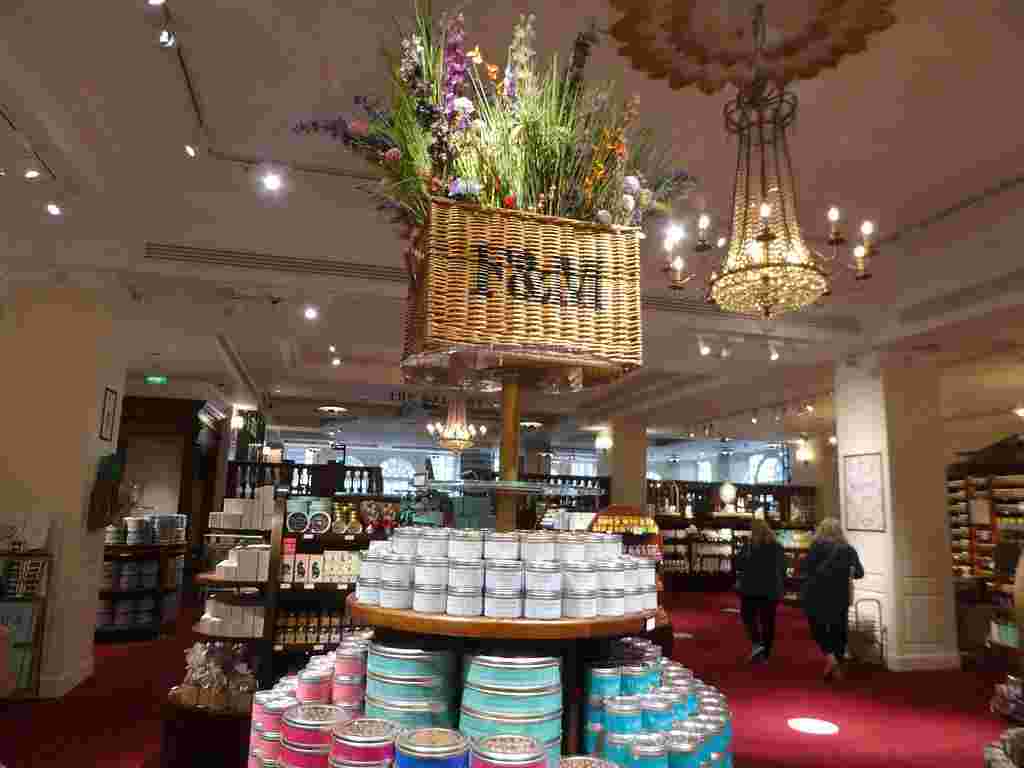
The Royal Academy of Arts – on leaving Fortnum’s cross over the road to the Royal Academy located opposite. It’s based in Burlington House and accessed through a grand courtyard.
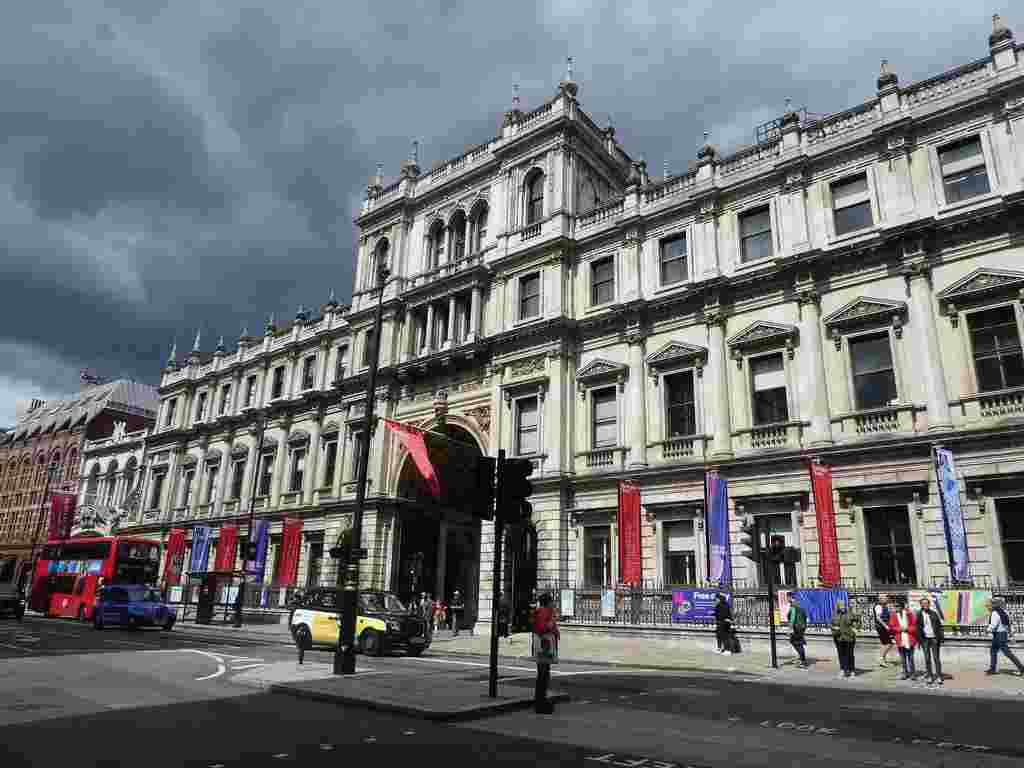
The academy is home to Britain’s largest established art school and renowned for putting on world class exhibitions of arts from around the world.
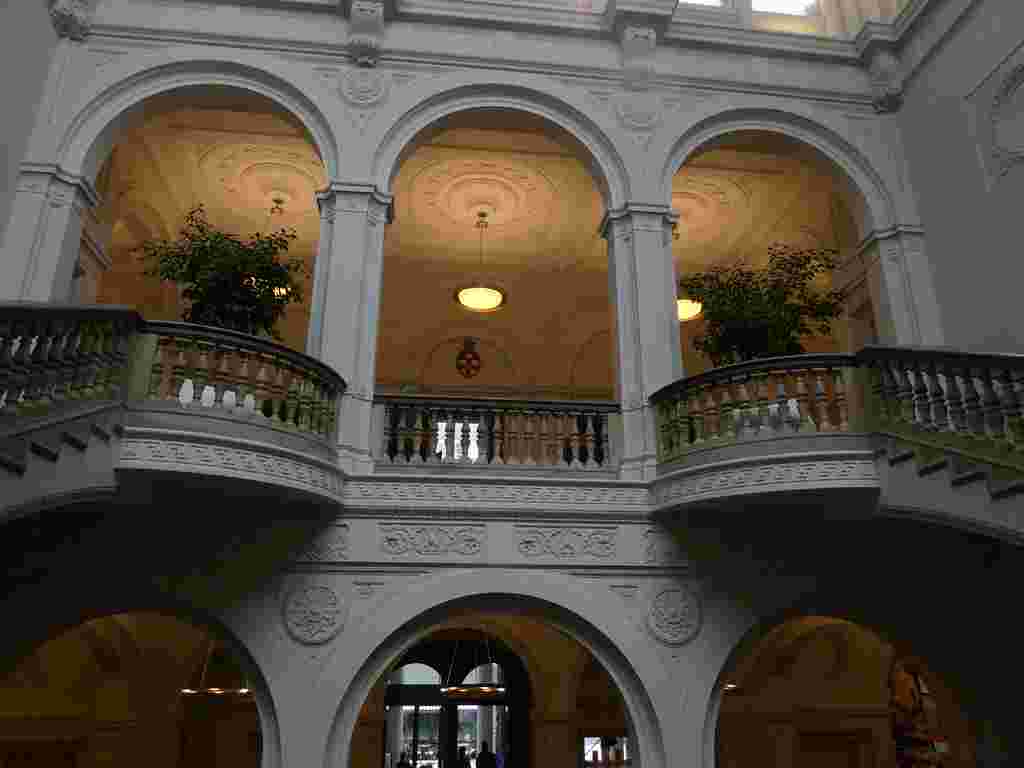
Although tickets are required for viewing exhibitions, the building itself is free to enter and is absolutely beautiful with its grand staircases and marble pillars and it’s a lovely place to stop off off for a coffee or light lunch.
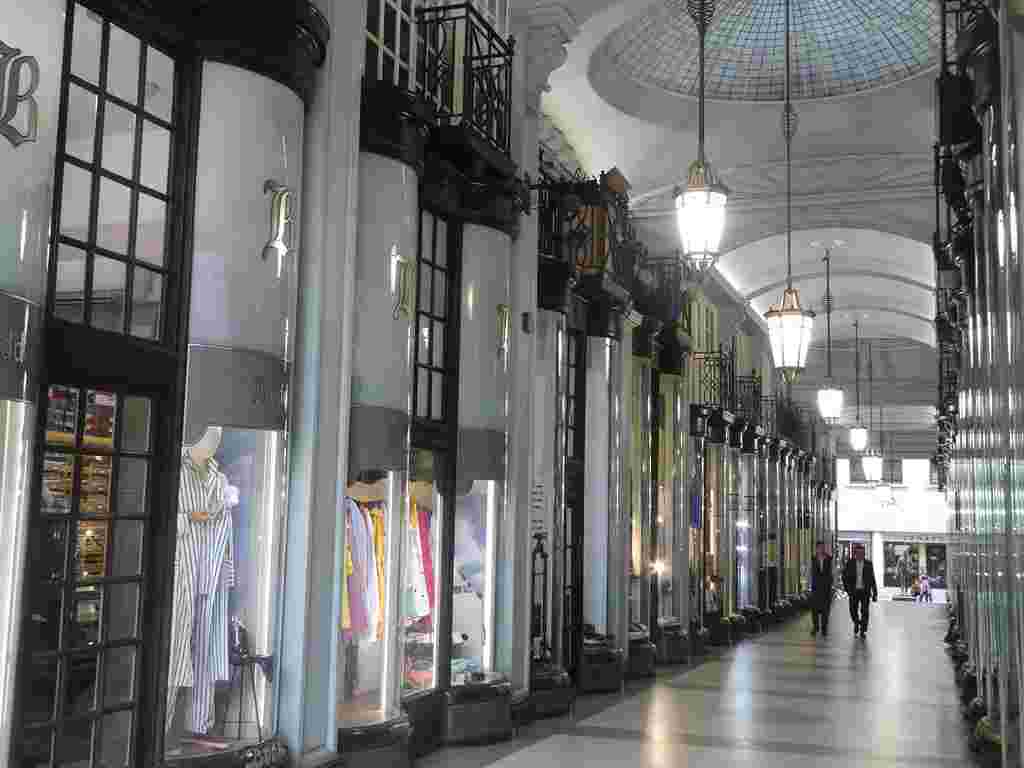
The Burlington Arcade – turn right on leaving the Royal Academy to stroll through the heritage 19th-century covered Burlington Arcade located next door to the Royal Academy. The arcade opened in 1819 and was one of the capital’s earliest covered shopping arcades. From the outset it positioned itself as an elegant and exclusive upmarket shopping venue to which it remains today offering luxury goods.
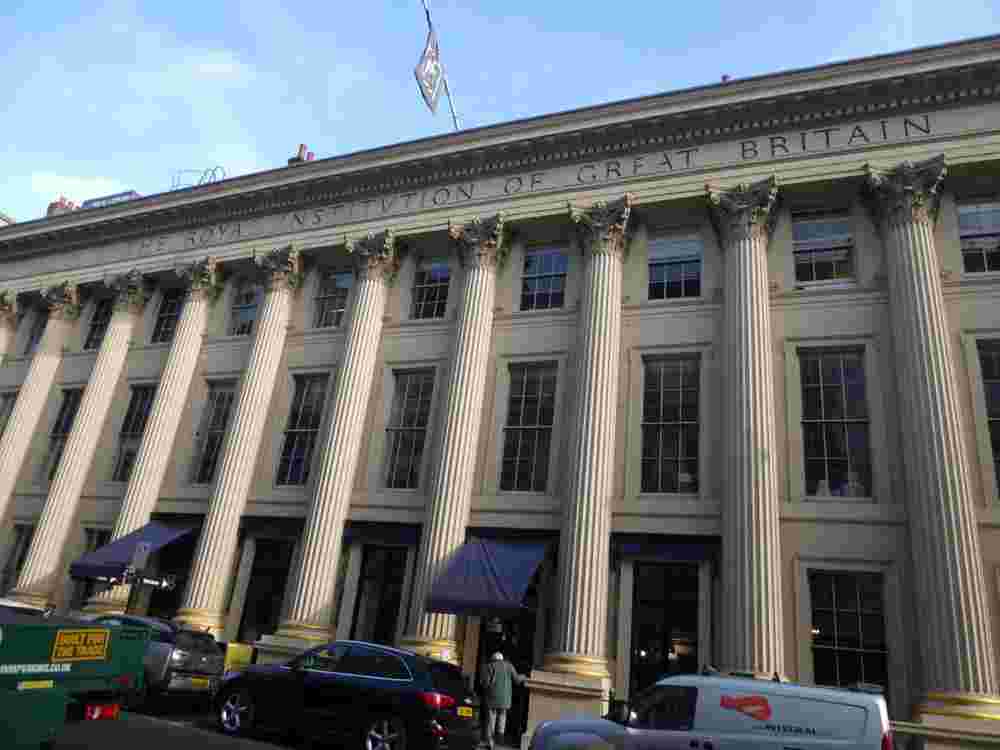
The Royal Institution – is located nearby just off Piccadilly on Albemarle Street. The aim of the institution is to connect as many people as possible with science. When not in use visitors are able to view the ornate lecture theatre which is famous as the setting for the Royal Institution’s televised annual Christmas Lectures.
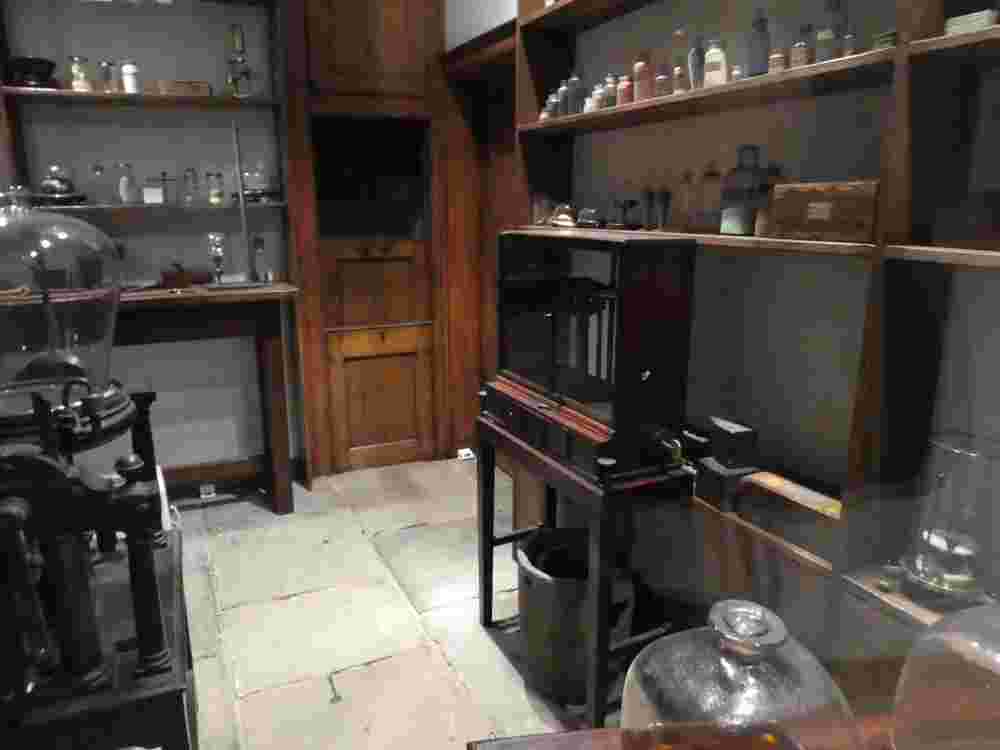
The Faraday Museum is located in the basement of the Royal Institution and is also free to visit. The theme of the museum is experimentation with 200 years of science to be explored through its galleries. Michael Faraday was one of the most influential scientists in history researching electromagnetism and electrochemistry so if you have an interest in science this small museum is a good place to visit (closed weekends). On leaving the building, return to Piccadilly and cross back over the road continuing until you reach another beautiful shopping arcade.
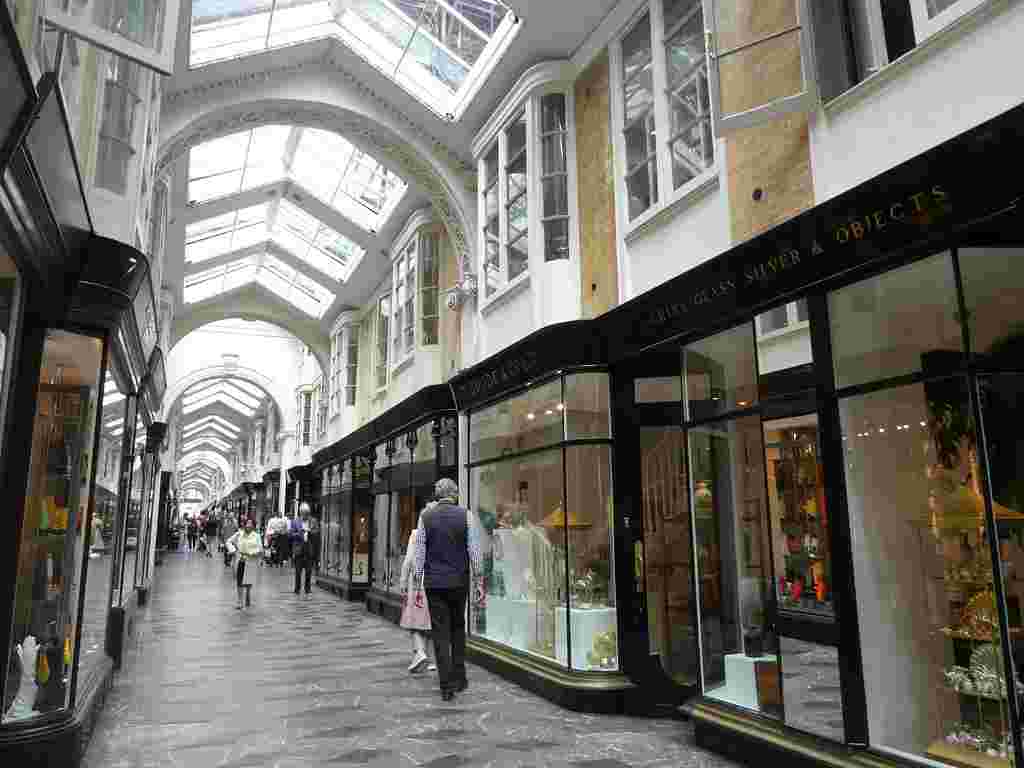
The Piccadilly Arcade – opened in 1909 and comprising of 28 luxury shops that run between Piccadilly and Jermyn Street. A bronze statue of Beau Brummell sits at the far end of the arcade. Along with the Burlington Arcade, it’s an architectural gem and a lovely place to spend a few minutes window shopping its exclusive small shops.
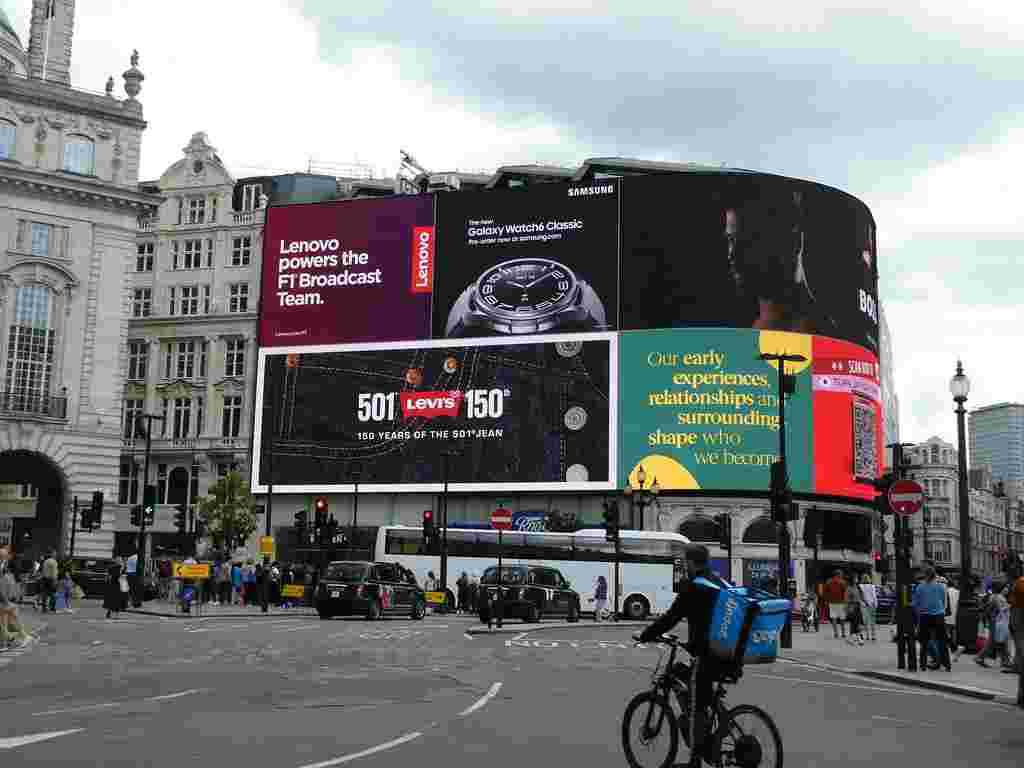
Piccadilly Circus – moving on a short distance you will arrive at this road junction which is a London landmark in its own right. Piccadilly Circus is famous the world over for its enormous advertising screens, statue and hustle and bustle of both traffic and crowds.
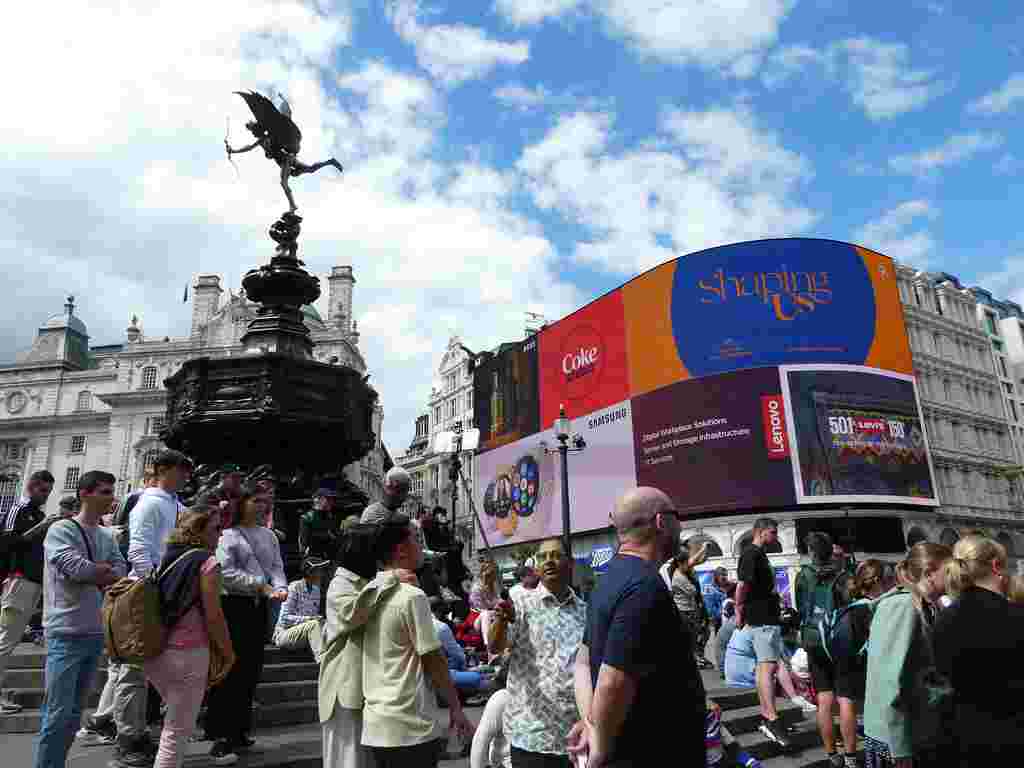
Piccadilly Circus is one of the most famous intersections, linking Piccadilly and Haymarket with Regent Street and the theatre district of Shaftesbury Avenue. One of the most prominent sights is the statue of Anteros placed on top of a Victorian fountain. The statue is officially known as the Shaftesbury Memorial Fountain as it was built in 1893 to commemorate the good deeds of the philanthropist Lord Shaftesbury.
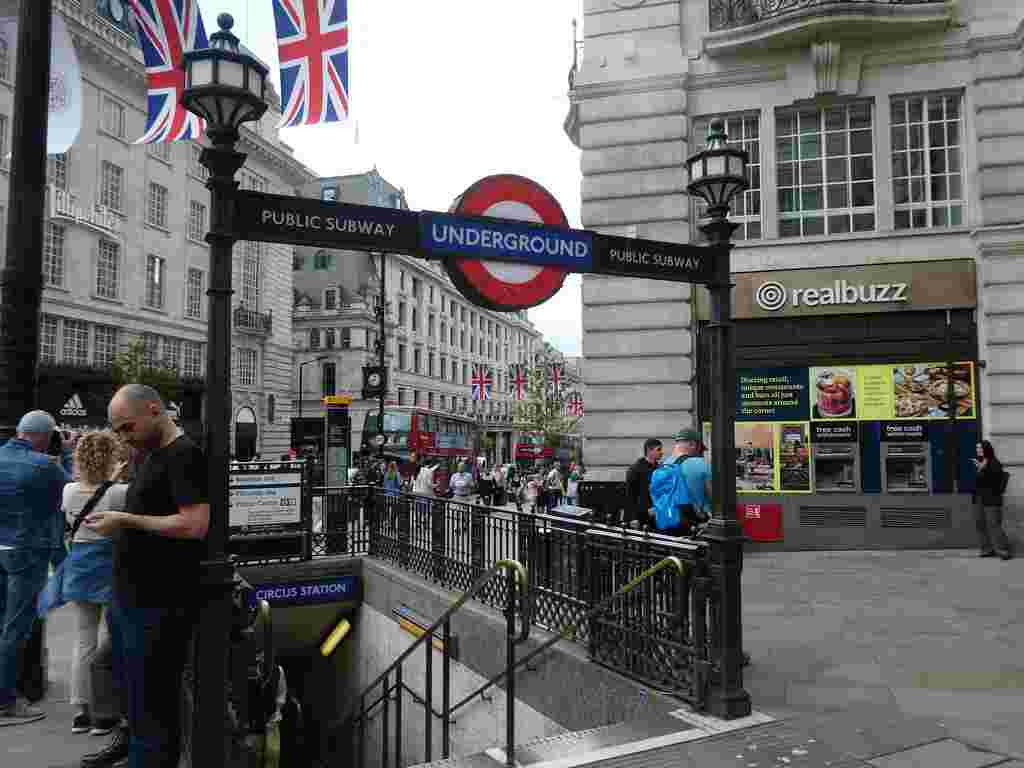
Although the statue is widely believed to be of Eros, the Greek God of Erotic Love it was actually intended to be of his twin brother Anteros, the Greek God of Requited Love (a slower and more selfless type of love). The confusion with Eros may have been caused due to the bow in Anteros’ hand reminding people of Cupid, the Roman God of Love.
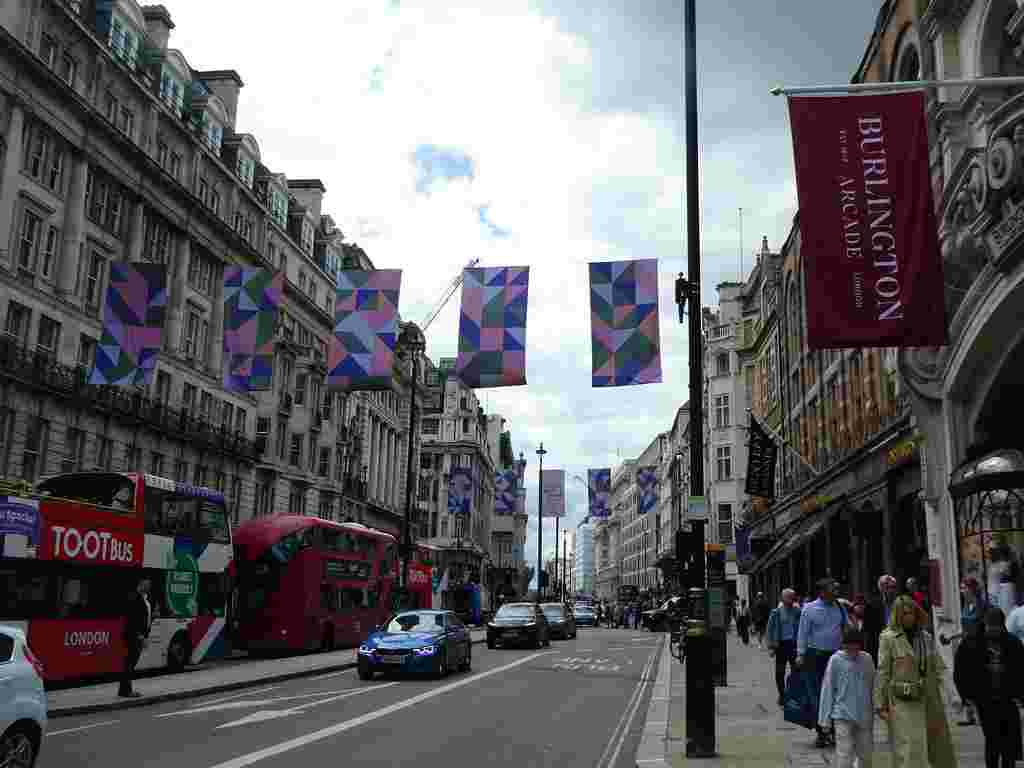
I hope you have found this walking guide useful. More suggestions of interesting things to see and do in London can be found below:
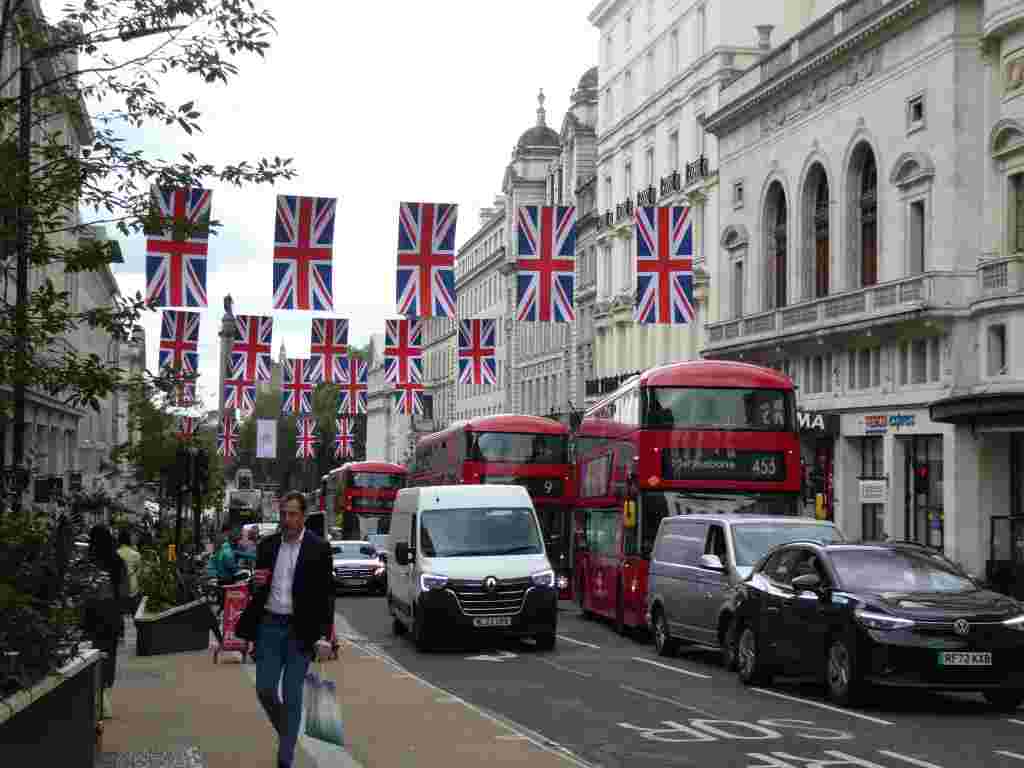

Leave a comment